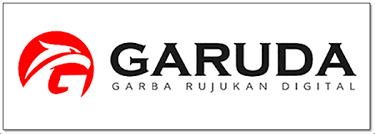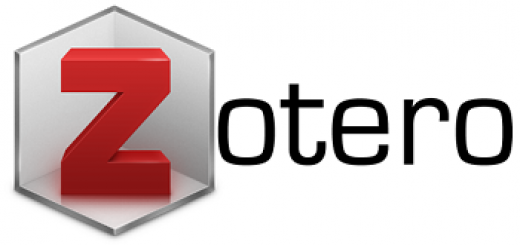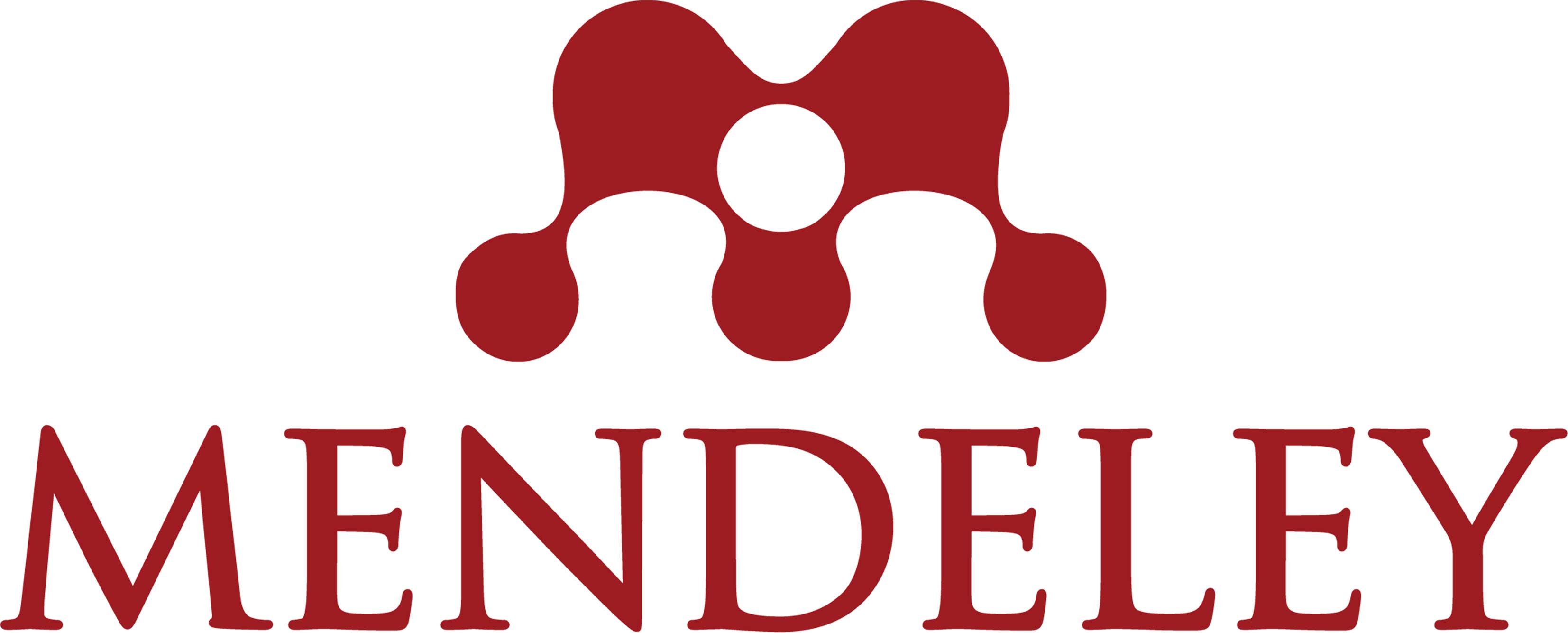Sexist Language of the Characters in the Movie Colette
DOI:
https://doi.org/10.17977/um064v2i72022p1054-1064Keywords:
Sexist Language, Gender, Sociolinguistics, Film, ColetteAbstract
Abstract: Sexism is a judgment made by society on how men and women are represented. This study investigates the use of sexism in languages called sexist languages and the reason why the characters uttered it in the movie Colette. Therefore, two theories are used in this study. The first theory is from Mills (2008) that divides sexist languages into overt and indirect sexism. Then, the second theory is by Weatherall (2002) who states that the usage of sexist languages is making women invisible, causing women to be defined narrowly, and making women get depreciated. By using a qualitative descriptive approach, this study explores sexist languages from the characters’ utterances. The research reveals that the movie Colette has six types of overt sexism, including naming, dictionaries, generic nouns, insult terms for women, semantic derogation, and sexism in name and title. Also, four kinds of indirect sexism of humor, presupposition, metaphor, and collocation are found. Both male and female characters use sexist language to show superiority as a result of making women invisible, to indicate one’s concern about their status because of society that defines women narrowly, and to point out one’s position as women always get depreciated by society’s prejudice.
Keywords: sexist language, gender, sociolinguistics, film, Colette
Abstrak: Seksisme adalah penilaian yang dibuat oleh masyarakat tentang bagaimana pria dan wanita direpresentasikan. Studi ini menyelidiki tentang penggunaan seksisme dalam bahasa yang disebut dengan bahasa seksis dan alasan mengapa para karakter dalam film Colette mengutarakannya. Oleh karena itu, dua teori digunakan dalam studi ini. Teori pertama adalah teori dari Mills (2008) yang membagi bahasa seksis menjadi bahasa seksis terang-terangan dan tersamarkan. Kemudian, teori kedua adalah milik Weatherall (2002) yang menyatakan bahwa penggunaan bahasa seksis membuat wanita tidak terlihat, membuat wanita terdefinisikan secara luas, dan menyebabkan nilai wanita menurun. Dengan menggunakan pendekatan deskriptif kualitatif, studi ini mengeksplorasi bahasa seksis dari perkataan para pemainnya. Penelitian ini mengungkap bahwa film Colette memiliki enam tipe bahasa seksis terang-terangan, yaitu penamaan, kamus, kata benda secara umum, istilah yang menghina wanita, pemutihan semantik, dan bahasa seksis dalam nama dan gelar. Studi ini juga menemukan bahasa seksis tersamarkan, yaitu humor, prasangka, metafora, dan kolokasi. Baik karakter pria maupun wanita mengungkapka bahasa seksis untuk menunjukkan superioritas sebagai hasil dari membuat wanita tidak terlihat, untuk menunjukkan keprihatinan seseorang terhadap status mereka karena masyarakat yang mendefinisikan wanita secara luas, dan untuk menunjukkan posisi seseorang karena wanita selalu terdepresiasi oleh prasangka masyarakat.
Kata kunci: bahasa seksis, jenis kelamin, sosiolinguistik, film, Colette
References
Alamsyah, Pasaribu, A., & Sahri, Z. (2017). Portrayal of the nineteenth century English women in Jane Aus-ten’s Sense and Sensibility. Language Literacy, 1(1), 1–26. doi: https://doi.org/10.30743/ll.v1i1.153
Baron, D. (1986). Grammar and gender. New Haven: Yale University Press.
Brescoll, V. L. (2016). Leading with their hearts? How gender stereotypes of emotion lead to biased evalua-tions of female leaders. The Leadership Quarterly, 27(3), 415–428. doi: 10.1016/j.leaqua.2016.02.005
Buzwell, G. (2020, October 23). Women writers, anonymity and pseudonyms. British Library. Retrieved from https://www.bl.uk/womens-rights/articles/women-authors-and-anonymity#footnote5
Byrne, A., & Barling, J. (2017, May 2). Does a woman’s high-status career hurt her marriage? Not if her hus-band does the laundry. Harvard Business Review. Retrieved from https://hbr.org/2017/05/does-a-womans-high-status-career-hurt-her-marriage-not-if-her-husband-does-the-laundry
Claro, L. (2020, March 6). Women in the gentleman’s career of publishing. Princeton University Press. Re-trieved from https://press.princeton.edu/ideas/women-in-the-gentlemans-career-of-publishing
Coates, J. (1986). Women, men, and language. New York: Longman Group UK Limited.
Dailey, V. (2019, March 1). Pavement nymphs and roadside flowers: Prostitutes in Paris after the Revolu-tion. Los Angeles Review of Books. Retrieved from https://lareviewofbooks.org/article/pavement-nymphs/
Fandari, A. (2021). Sexist languages in “Pitch Perfect” movie series (Unpublished undergraduate's thesis, UIN Sunan Ampel Surabaya, Surabaya, Indonesia). Retrieved from http://digilib.uinsby.ac.id/47782/
Fi'aunillah, T. K. (2015). Sexist language in “The Lord of the Rings” film trilogy. Language Horizon, 3(1), 143–149.
Hellinger, M., & Pauwels, A. (2007). Language and sexism. In M. Hellinger & A. Pauwels (Eds.), Handbook of Language and Communication: Diversity and Change. Berlin: Mouton de Gruyter.
Holmes, J. (2013). An introduction to sociolinguistics (4th ed.). New York: Routledge.
Howell, S. (2015). The evolution of female writers: An exploration of their issues and concerns from the 19th century to today. Hohonu, 13, 23–26.
Hunter, A., Alliance, S., & Victoria, V. (1991). The development of theoretical approaches to sex work in Aus-tralian sex-worker rights groups. Sex Industry and Public Policy, 109–114.
Jackson, S. (1993). Women’s studies: A reader. London: Routledge.
Karisen, E., Koffler, P., Litvak, M., & Vachon, C. (Producers), Westmorelands, W. (Director). (2018). Colette. [Motion Picture]. United States: Bleecker Street and 30WEST.
Kass, A. (2011). The 20th century of American fashion: 1900–2000 (Unpublished master's thesis, Western Connecticut State University, Danbury, Connecticut, United States). Retrieved from http://hdl.handle.net/0/592
Key, M. R. (1975). Male/female language. Metuchen: Scarecrow Press.
Kleinman, S., Ezzell, M. B., & Frost, A. C. (2009). Reclaiming critical analysis: The social harms of “Bitch”. Socio-logical Analysis, 3(1), 47–68.
Kota, M. V. (2014). Gender and class differences in 19th century French prostitution. Oglethorpe Journal of Undergraduate Research, 3(1), 1–27.
Lakoff, R. (1973). Language and woman's place. Language in Society, 2(1), 45–79. doi: 10.1017/S0047404500000051
Lauter, P. (2013). Heath anthology of American literature: Volume A and volume B (7th ed.). Belmont: Wadsworth Publishing Company.
Lei, X. (2006). Sexism in language. Journal of Language and Linguistics, 5(1), 87–94.
Mack, N., Woodsong, C., MacQueen, K. M., Guest, G., & Namey, E. (2005). Qualitative research methods: A data collector’s field guide. North Carolina: Family Health International.
Mills, S. (2008). Language and sexism. Cambridge: Cambridge University Press.
Nwaenyi, C. (2020). Sexist language in Nollywood movies. IJAAS: Interdisciplinary Journal of African and Asian Studies, 6(2), 139–149.
Parks, J. B., & Roberton, M. A. (1998). Contemporary arguments against non-sexist language: Blaubergs (1980) Revisited. Sex Roles, 39, 445–461. doi: 10.1023/A:1018827227128
Romadhon, S. (2020). Disney’s sexist language: Feminist stylistic approach in Beauty and The Beast (2017). Radiant: Journal of Applied, Social and Education Studies, 1(2), 115–128. doi: https://doi.org/10.52187/rdt.v1i2.24
Sandra, N. (2013). The sexist language used by the characters in The Duchess movie. Language Horizon, 1(3), 1–8.
Santi, N. W. A. (2013). Comparison of sexist language used in The Twilight Saga Eclipse movie. Journal of Arts and Humanities (Humanis), 5(1), 1–7.
Schultz, M. (1975). The semantic derogation of woman. New York: Thorne and Henley.
Stokoe, E., & Weatherall, A. (2002). Gender, language, conversation analysis and feminism. Discourse and So-ciety, 13(6), 707–713. doi: 10.1177/0957926502013006751
Sukaesih, I., & Brida, L. (2017). Assessing text alignment: Sara Mills’ model. Epigram, 14(1), 83–88. doi: https://doi.org/10.32722/epi.v14i1.948
Trousers. (n.d). In Collins Dictionary. Retrieved from https://www.collinsdictionary.com/dictionary/english/trousers
Victoria and Albert Museum. (n.d.). The story of pantomime. Retrieved from https://www.vam.ac.uk/articles/the-story-of-pantomime
Wardhaugh, R. (1986). An introduction to sociolinguistics. Oxford: Basil Blackwell.
Weatherall, A. (2002). Gender, language, and discourse. Lewes: Routledge.
Widayanti, N. K. A. (2014). The analysis of sexist language in movie’s script ‘The Vow’ by Michael Sucsy. Journal of Arts and Humanities (Humanis), 8(2).
Wulandari, S. W., Purwaningsih, E., & Hawasi. (2016). Sexist language used in “The Jakarta Post”. Journal of Linguistics and Literature, 4(1), 86–100.
Downloads
Published
How to Cite
Issue
Section
License
Copyright (c) 2022 Ursea Mayoriska, Yusnita Febrianti, Herditya Wahyu Widodo

This work is licensed under a Creative Commons Attribution-ShareAlike 4.0 International License.





























